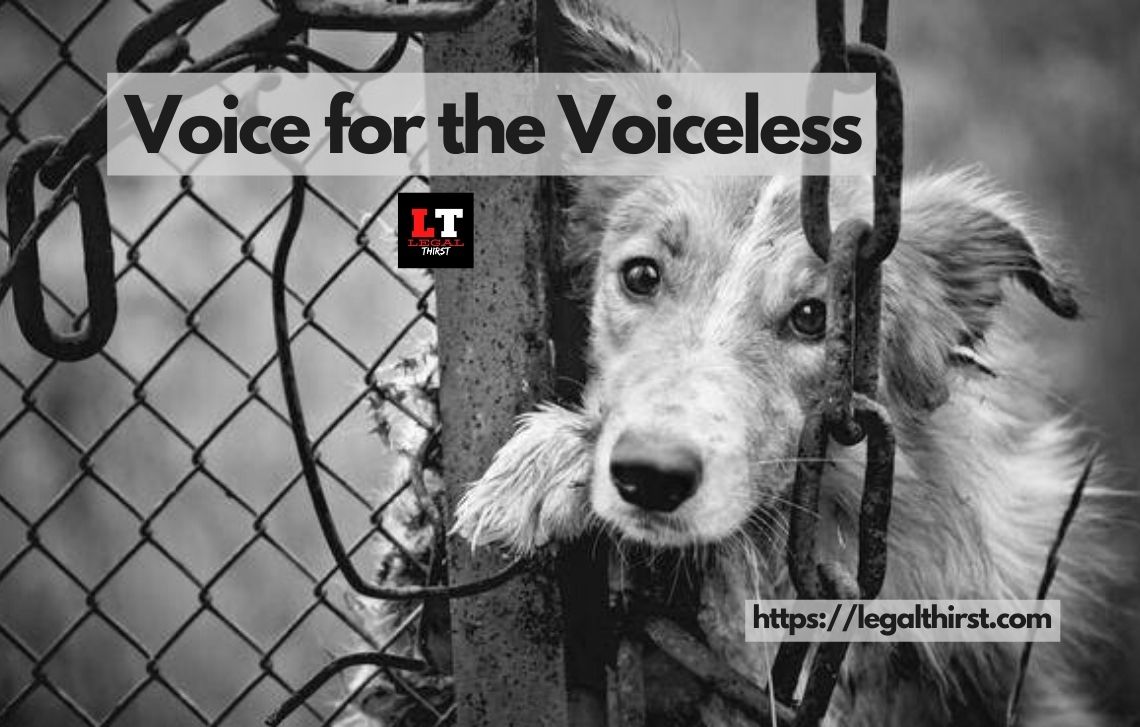Animal neglect remains a pervasive issue that places countless creatures in harm’s way. Despite the existence of laws intended to protect animals, the application and enforcement of these regulations often fall short, resulting in relentless suffering for the most vulnerable. In this discussion, we will delve into the multifaceted nature of animal neglect cases, exploring the various dimensions that illustrate how the legal framework frequently fails to serve as an adequate safeguard for these voiceless beings.
To begin with, it is crucial to delineate the concept of animal neglect. This term broadly refers to situations where animals are denied essential care, including food, water, shelter, medical attention, and social interaction. Neglect can manifest in numerous forms, from neglectful pet owners to systemic issues within farming practices. This complexity often complicates legal proceedings, making it challenging for authorities to intervene effectively.
A significant concern within animal neglect cases is the discrepancy in legal definitions across jurisdictions. Various states or regions may employ different criteria to classify neglect, leading to inconsistency in enforcement. For instance, what constitutes sufficient care in one area may be deemed inadequate in another. This patchwork of legal standards results in confusion for law enforcement, animal control officers, and the general public, inhibiting their ability to act decisively in the interest of animal welfare.
In addition to definitional challenges, there exists a troubling trend towards leniency in the legal consequences for perpetrators of neglect. In many instances, offenders receive minimal penalties, which serve neither as a sufficient deterrent nor as a means of rehabilitation. Fines may be paltry, and sentences can include little more than mandated community service or educational programs. Such inadequate repercussions fail to acknowledge the gravity of their actions and consequently perpetuate a cycle of neglect.
Moreover, the limited resources allocated to animal control and welfare agencies further exacerbate these problems. Many organizations operate on shoestring budgets, often unable to provide the necessary support and services to effectively respond to neglect cases. Insufficient funding directly impacts the capability of these agencies to investigate complaints, conduct rescues, and follow through with necessary legal actions. As a result, many cases go unnoticed, allowing the plight of neglected animals to continue unabated.
Another pressing issue lies in the intersection of animal neglect and socioeconomic factors. In impoverished communities, access to resources like veterinary care or quality pet food may be drastically limited. While a lack of resources does not absolve one of responsibility, it does complicate the issue of neglect, as perceptions of care and responsibility become intertwined with economic realities. Animal rescue organizations often find themselves in ethical quandaries when navigating these complexities, striving to balance compassion with the rule of law.
This is further complicated by cultural attitudes towards animals. In certain regions or communities, domestic animals may not be viewed as family members, but rather as property. This perspective can significantly influence the likelihood of neglect cases being reported and prosecuted. Cultural norms surrounding animal care vary widely; thus, the judicial system must grapple with the implications of these differing values while striving to enforce humane treatment universally.
The legal system also faces challenges in distinguishing between neglect and abuse. While both are abhorrent, neglect often arises from ignorance or an inability to provide proper care, whereas abuse may be more calculated and malevolent. This lack of distinction can lead to uneven enforcement, whereby neglect cases may not receive the urgent attention they warrant. Jurisdictions may prioritize egregious cases of abuse while neglect scenarios languish in the shadows, leaving many animals to suffer silently.
The role of advocacy and public awareness cannot be overlooked in discussions of animal neglect. Many neglect cases arise from the silence and inaction of individuals who may witness troubling conditions but fail to report them. Community education is paramount; increased knowledge of animal welfare standards and the legal ramifications of neglect can empower citizens to take action when necessary. Self-contained neighborhoods and close-knit communities often hold the key to preventing neglect, as vigilant and informed residents can collectively ensure that animals receive the care they need.
Furthermore, the emergence of technology provides unprecedented opportunities for documenting and reporting neglect. Social media and mobile applications allow for the instantaneous sharing of information, enabling concerned citizens to alert authorities more efficiently. While this shift toward digital activism holds promise, it also raises questions: How can these platforms be used responsibly? What safeguards are in place to protect the welfare of the animals involved when incidents are publicized online?
Ultimately, addressing the systemic failures associated with animal neglect necessitates a comprehensive and interdisciplinary approach. Legal reforms are essential, including the establishment of standardized definitions of neglect, enhanced penalties for offenders, and updated training for law enforcement officials. Concurrently, increased funding for welfare organizations and community outreach programs can help bridge the gap between care and neglect. It is also imperative to foster public engagement, encouraging individuals to recognize their capacity to effect change within their communities.
As advocates for animal welfare, we must persist in addressing these shortcomings in the legal system, ensuring that the laws meant to protect the voiceless are appropriately enforced and adapted to meet the evolving understanding of animal rights. Only through collective diligence and an unwavering commitment to justice can we hope to create a world where no animal is left to suffer in silence.






